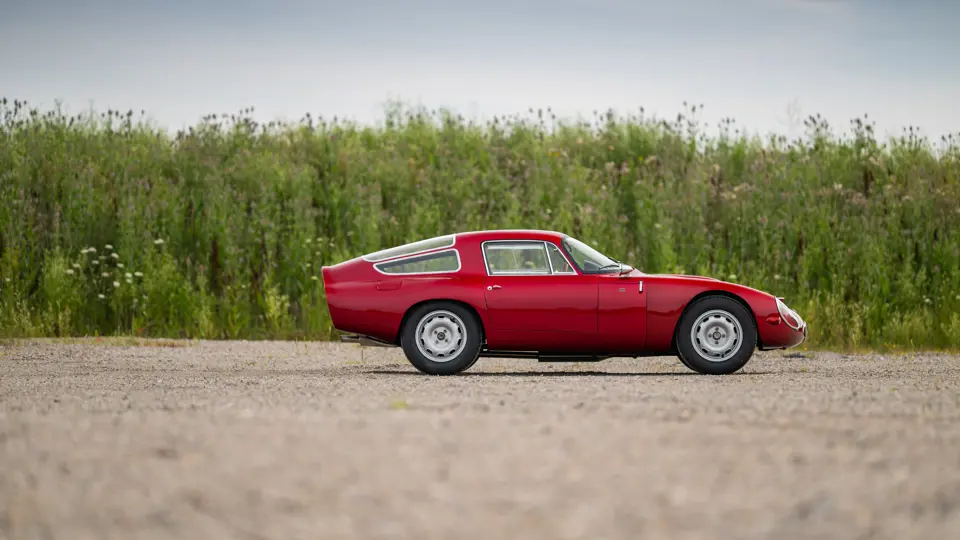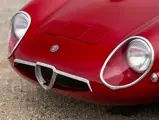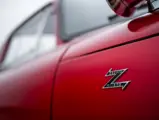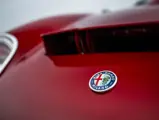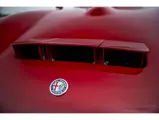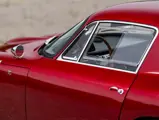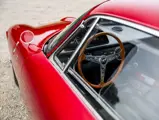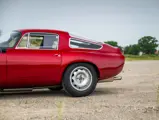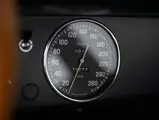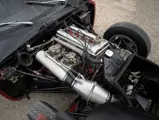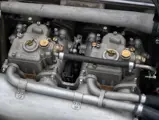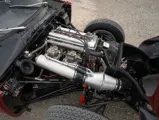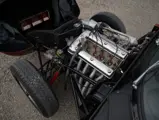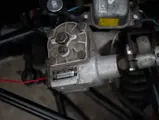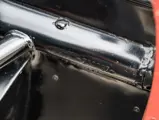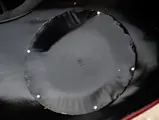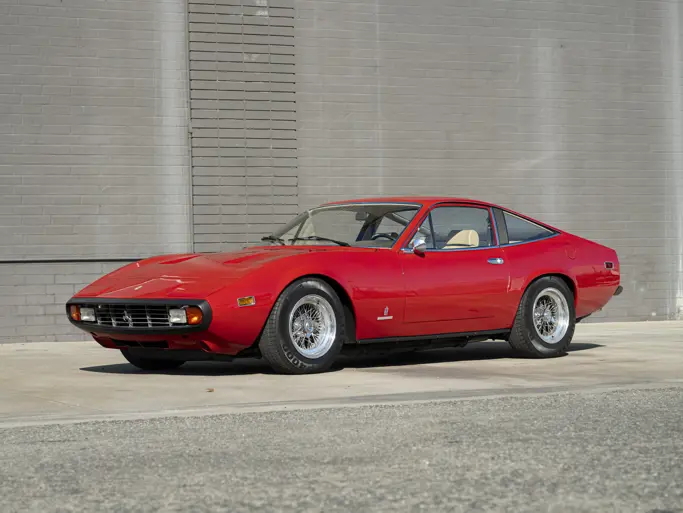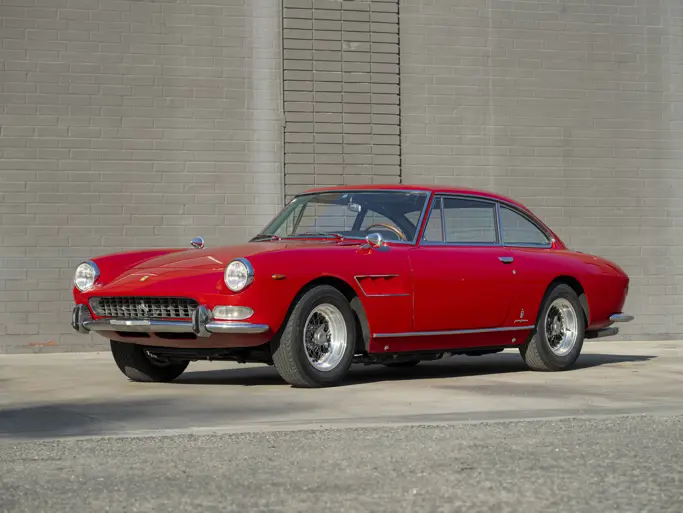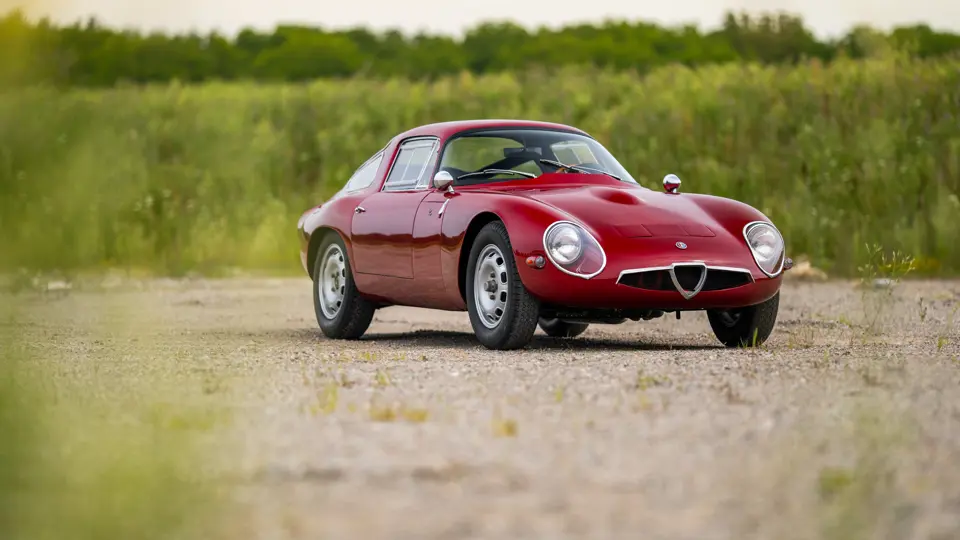
1965 Alfa Romeo Giulia TZ1
{{lr.item.text}}
$819,000 USD | Sold
{{bidding.lot.reserveStatusFormatted}}
- Offered from 58 years of dedicated single-owner care
- Approximately the 97th of 117 examples built
- Raced by Canadian Motorsport Hall of Famer Al Pease during the 1965 season
- Lengthy refurbishment by Sebert Motors completed by RM Auto Restoration in 2024
- Believed to retain its factory-equipped engine
- A splendid example of the most collectable post-war four-cylinder Alfa Romeo
THE TUBOLARE ZAGATO
Introduced at the 1962 Turin Salon, the Alfa Romeo Tubolare Zagato, or TZ, was built on a lightweight rigid tube frame that prompted the model’s name. Envisioned as a racing successor to the Giulietta Sprint Zagato, the TZ featured lightweight, aerodynamic aluminum coachwork by Zagato with covered headlamps and a fastback Kamm tail.
Mechanically, the 105 Series running gear was upgraded with stiffer springs and a fully independent rear suspension, while a taller fifth gear, limited-slip differential, and inboard rear disc brakes contributed to superior performance. The Giulia engine was mounted at a 20-degree angle, requiring a specially-cast intake manifold and sump. Naturally aspirated with Weber carburetors, the motor developed 112 horsepower in street specification and 170 horsepower in racing tune, sufficient to rocket the car to an impressive top speed of 133 mph.
Lorenzo Bandini piloted one of the earliest examples to a class win during the TZ’s racing debut at Monza in November 1963. A remarkable string of class victories followed during 1964 at events including the 12 Hours of Sebring, the Targa Florio, the Nürburgring 1000 KM, the 24 Hours of Le Mans, and the Tour de France.
With only 117 cars built through 1966, the TZ has become highly prized by collectors for its unique design, superlative build quality, competition pedigree, and impressive performance. It is, in the opinion of many enthusiasts, the ultimate expression of the classic post-war inline four-cylinder Alfa Romeo sports car.
THE CANADIAN TZ
This beautifully presented Tubolare Zagato benefits from 58 years of fastidious single-owner care. According to the combined data of Alfa Romeo’s Centro Documentazione, the Alfa Romeo Zagato Register, and corroborating documentation on file, chassis number 750097 completed assembly in late March 1965, finished in rosso paint over a nero interior. Two months later the Alfa Romeo was officially delivered to Nassau, Bahamas, although the car’s true destination proved to be slightly colder.
The TZ was immediately brought to the Great White North by Canadian Motor Industries (CMI), an importer of Japanese marques (and for a short time Alfa Romeo) that later became Toyota Canada. CMI reportedly entered the car in no fewer than eight races during the 1965 season, including the Labatt 50 in July, where the car was driven by Canadian motorsports legend Al Pease. Pease was one of Canada’s winningest drivers of all time, racking up regional and national championships during a nearly 30-year career across numerous racing formats, eventually culminating in his induction to the Canadian Motorsport Hall of Fame.
While the TZ retired early at Harewood Acres six days later, results were more encouraging at the Player’s Mont-Tremblant in September, where Pease managed to finish 18th. The Giulia was then entered at the GP Mosport Production race nearly a week later, but did not arrive, and this appears to mark the conclusion of CMI’s campaign.
Chassis number 750097 was next the subject of a road test that ran in the November 1965 issue of Canada Track & Traffic. The writer noted that the Alfa Romeo had proven to be very reliable through the course of the 1965 Canadian racing season, including appearances at the Sundown GP 6-hours at Mosport, and the 50-lap Pepsi Cola feature race at Mont-Tremblant. Canadian driver Craig Fisher, later known for his accomplishments in Trans-Am, drove the Tubolare Zagato to an impressive lap time at Mosport (one minute, 43.1 seconds), and reported that the TZ had “lots of road holding,” was “very stable,” and “comfortable to drive,” with “steering quick and positive” and “braking powerful.” In summary, Fisher had “high praise for the engine and gearbox.”
During its racing forays, the Alfa Romeo was spotted at Harewood Acres by a married couple who were instantly smitten with the unusual sports car. By sheer serendipity, they had an opportunity to purchase the Giulia in 1966 from an intermediary party who had acquired it directly from CMI. The couple went on to retain the Tubolare Zagato (which they nicknamed “Tizzy”) for a remarkable period of 58 years, assuring a high level of care for the better part of six decades.
As revealed by correspondence on file, the owner began reaching out to the Alfa Romeo Owner’s Club (AROC) for advice on properly tuning the car, and he soon sourced additional documentation, including a copy of the car’s dynamometer test sheet from Autodelta (Alfa Romeo’s de facto competition department), a copy of the FIA’s 1964 homologation papers for the TZ model, and a factory blueprint of the chassis.
In February 1967 the Giulia was exhibited at the AROC meeting held at Knauz Continental Autosports in Lake Forest, Illinois, where the car was displayed on the showroom floor next to one of the ex-Sebring factory TZ examples. Upon return to the consignor’s home in Woodstock, Ontario, the Alfa Romeo began to undergo some work to the chassis, and the coachwork was repainted in candy-apple green. In 1969 the owners moved to nearby London, Ontario, after which the car was effectively stored for the remainder of their ownership.
Eventually realizing the need for a thorough refurbishment, the consignors entrusted a full nut-and-bolt restoration to Sebert Motors in the late 1980s, which eventually included a complete rebuild of the engine, and a bare-metal refinish in the proper color of rosso. As financing was an issue, the restoration progressed in a slow but steady fashion through early 2024, when the TZ was submitted to RM Auto Restoration for completion of the remaining work.
Essentially unused since 1969, this masterfully restored Tubolare Zagato is ideal for concours exhibition or event participation. The beautifully refinished aluminum coachwork is almost entirely original, and the car retains the same motor as when purchased by the consignor in 1966, suggesting that the factory-equipped competition-specified engine remains equipped (please note, factory records of this era did not record engine numbers, making unequivocal confirmation of the engine’s originality impossible).
Marque collectors and enthusiasts of important post-war sports-racing cars are now invited to consider the availability of one of the rare surviving Giulia TZ examples, which is probably the only one to have actively raced in Canada in period. It is undoubtedly one of the most painstakingly restored and desirably authentic examples one might hope to find.


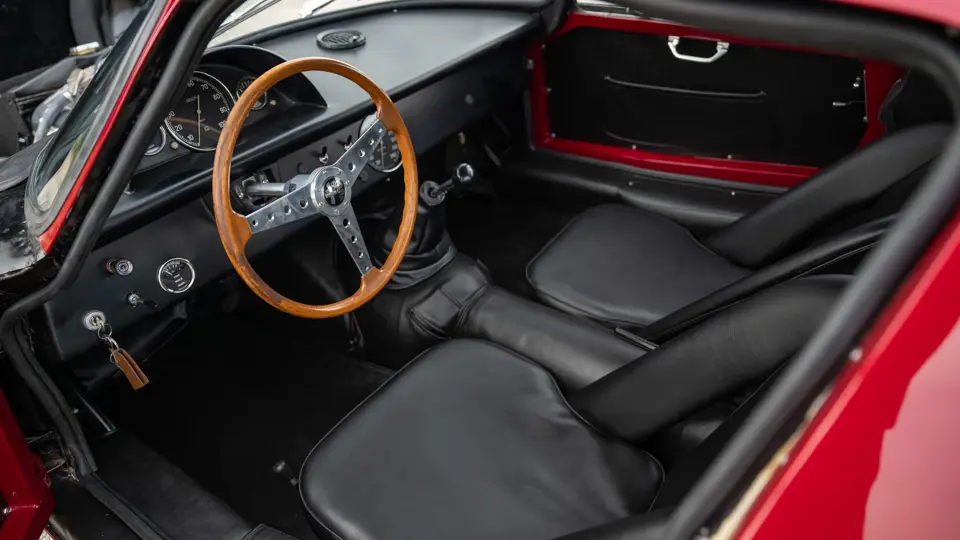


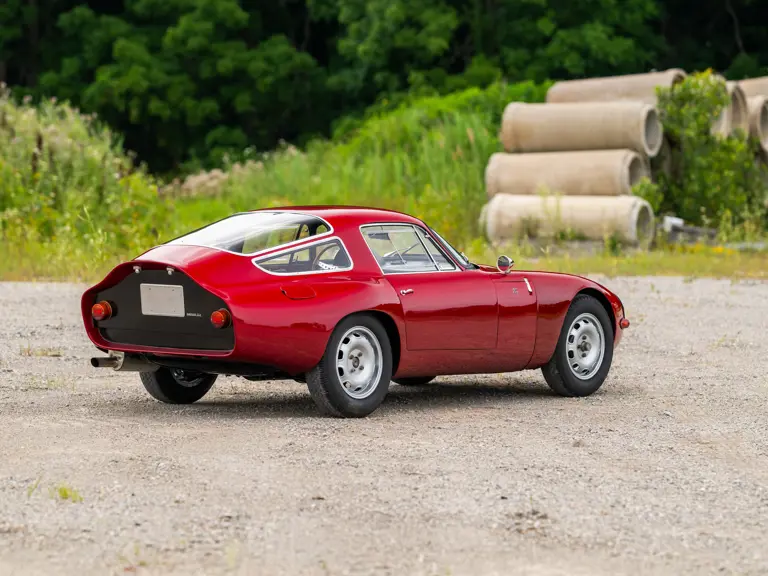
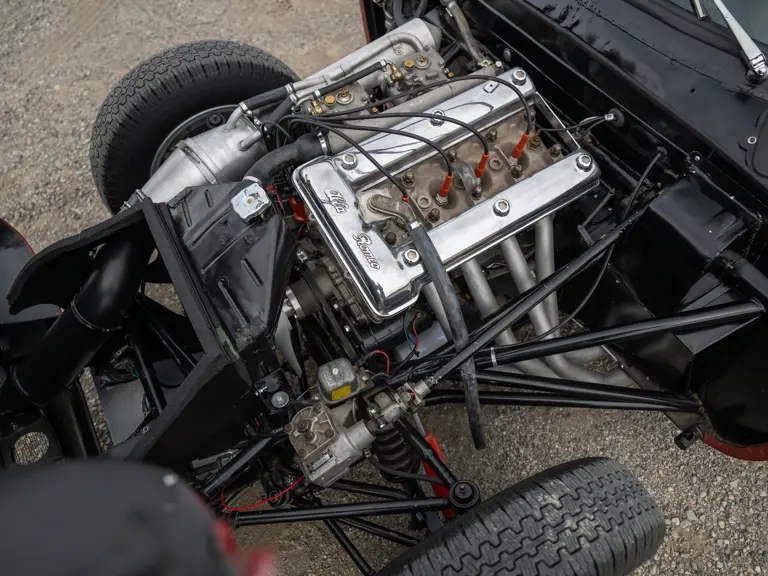
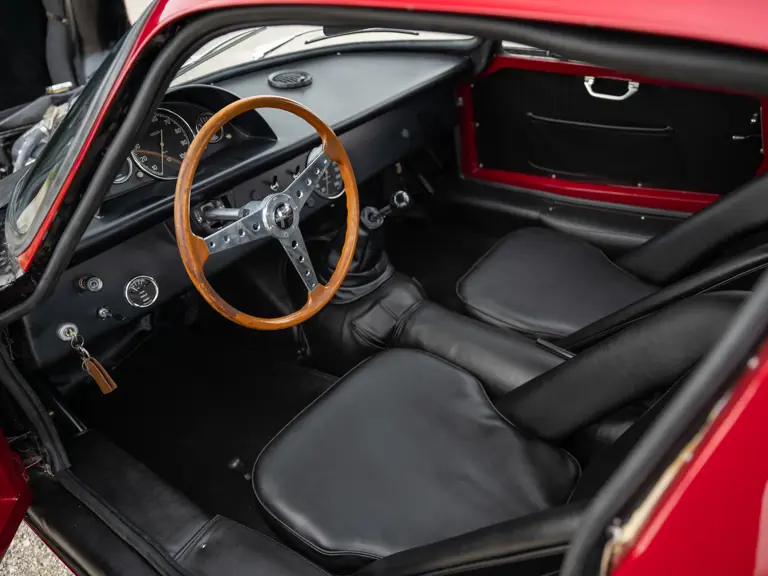


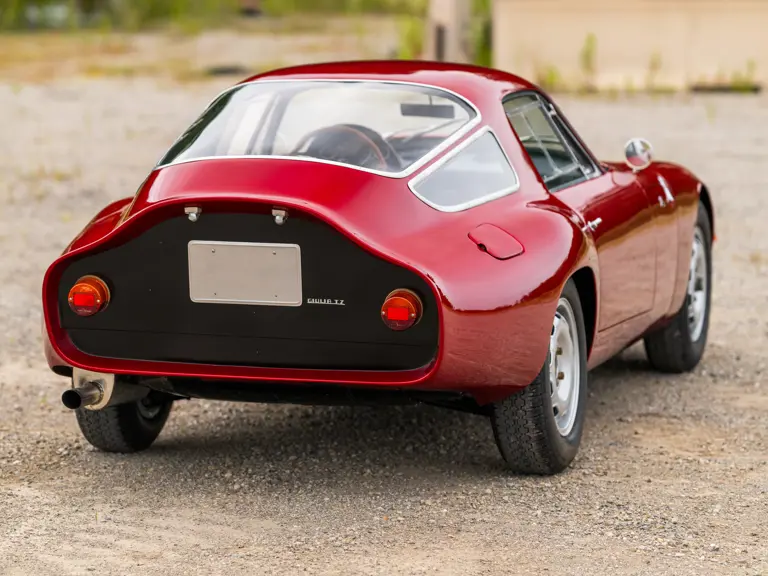
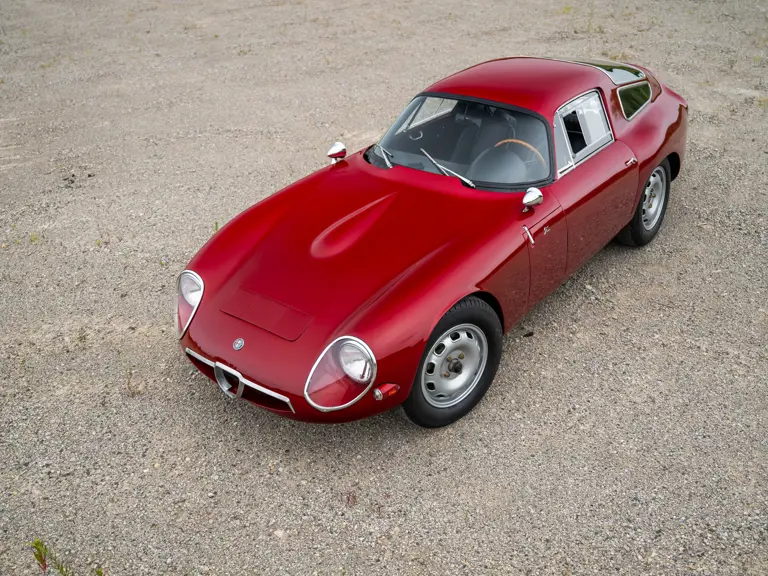
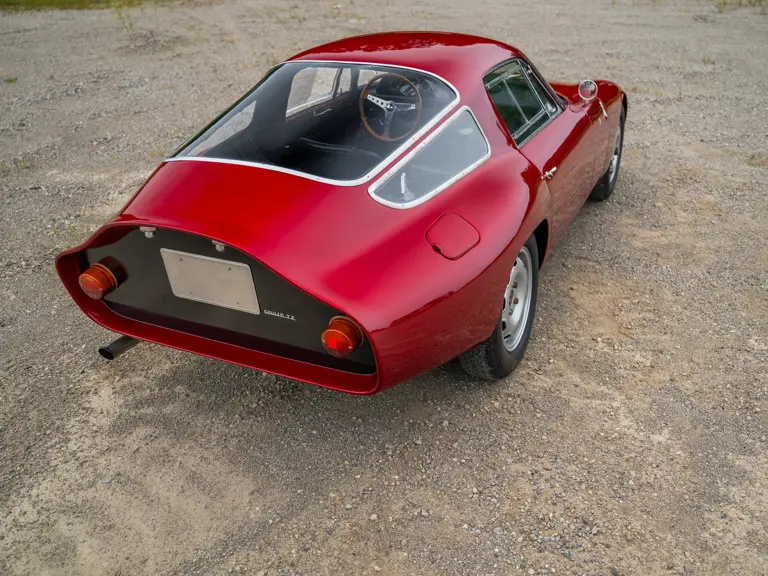
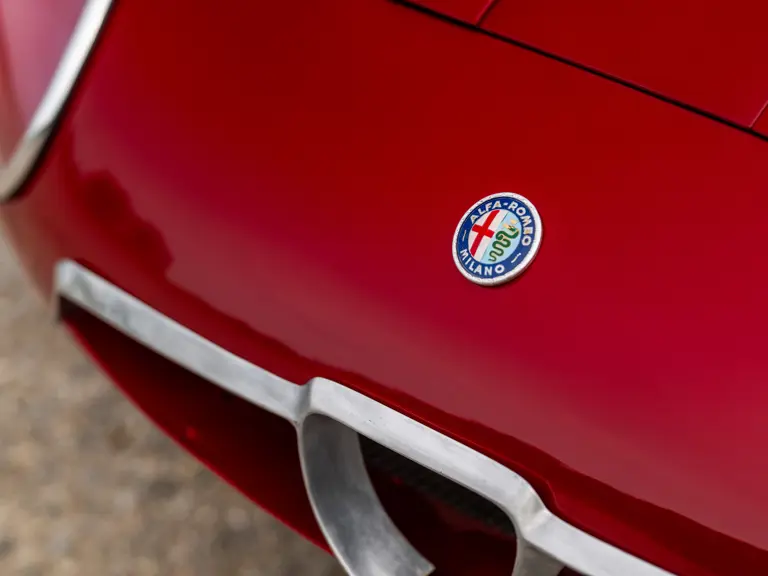

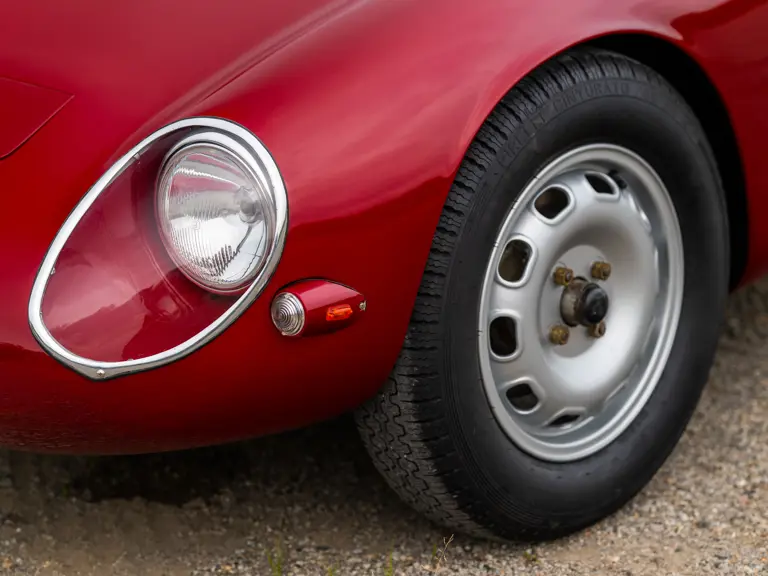
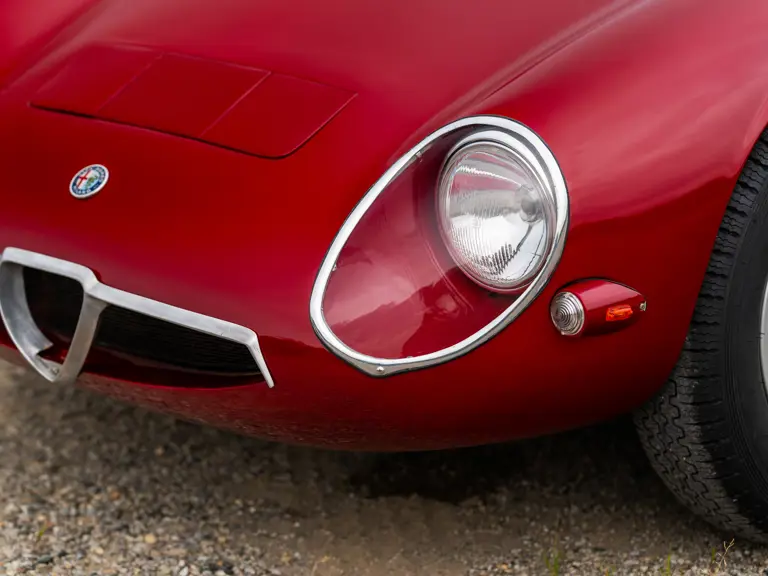
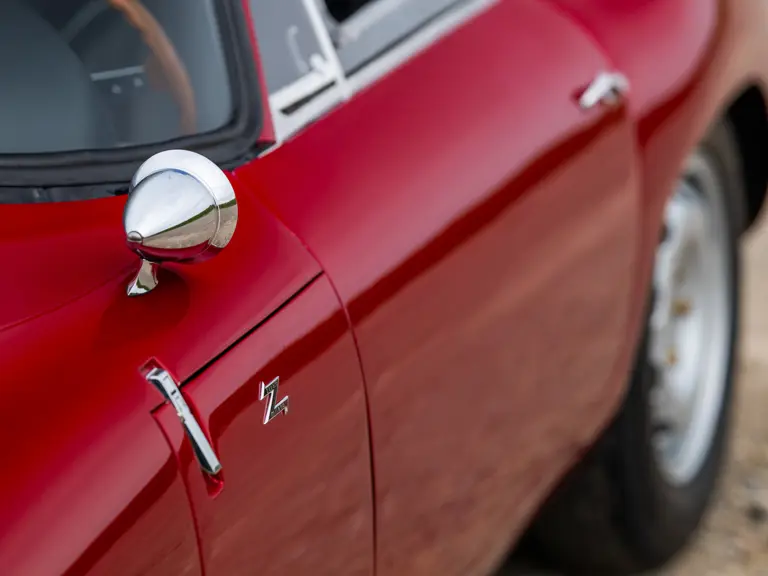

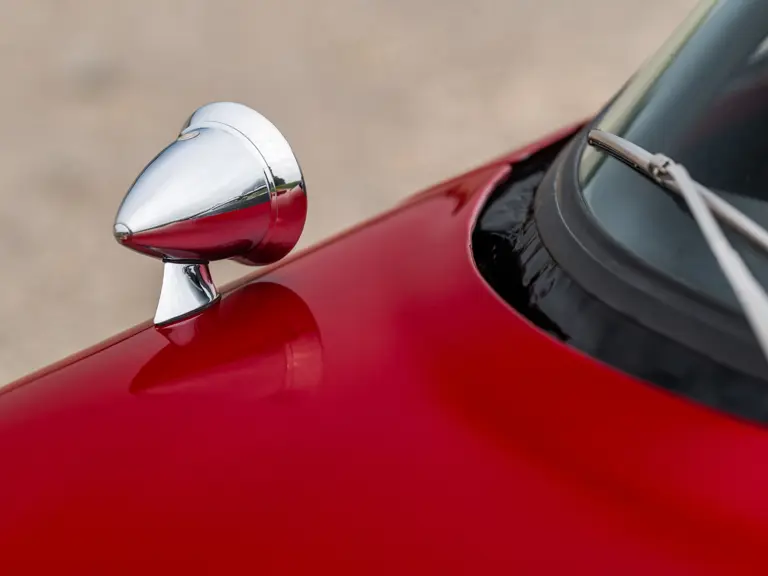
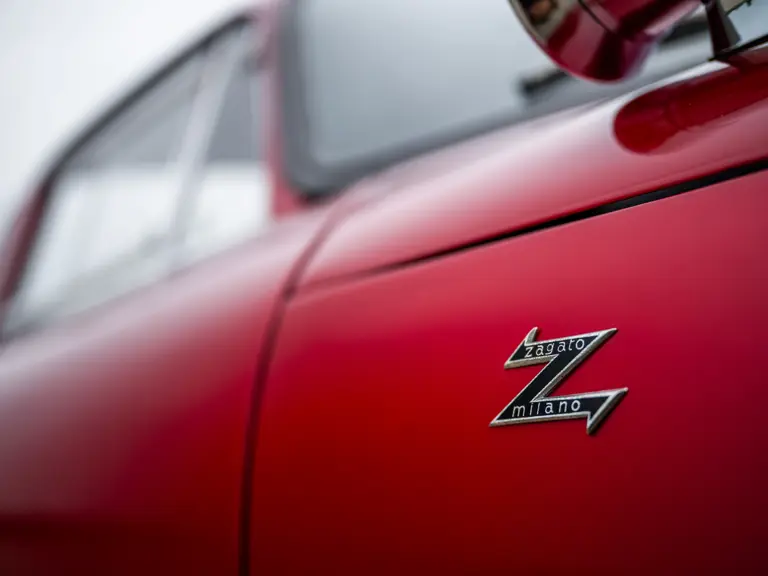
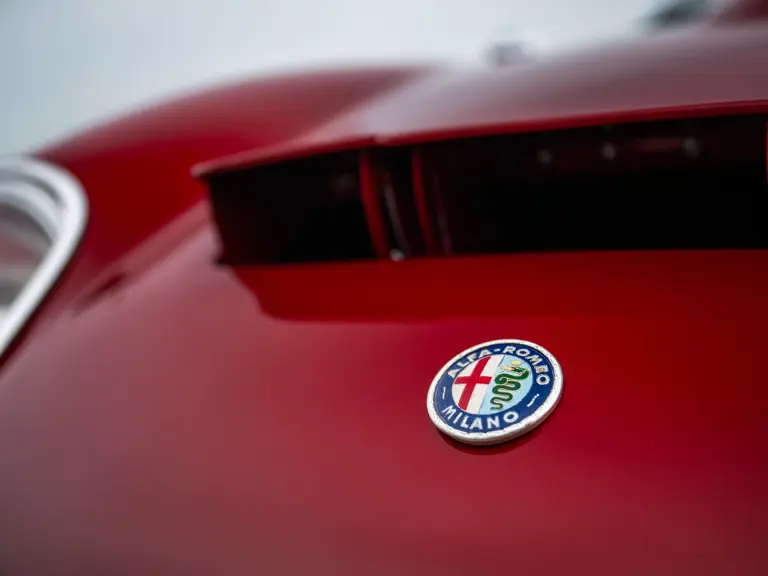
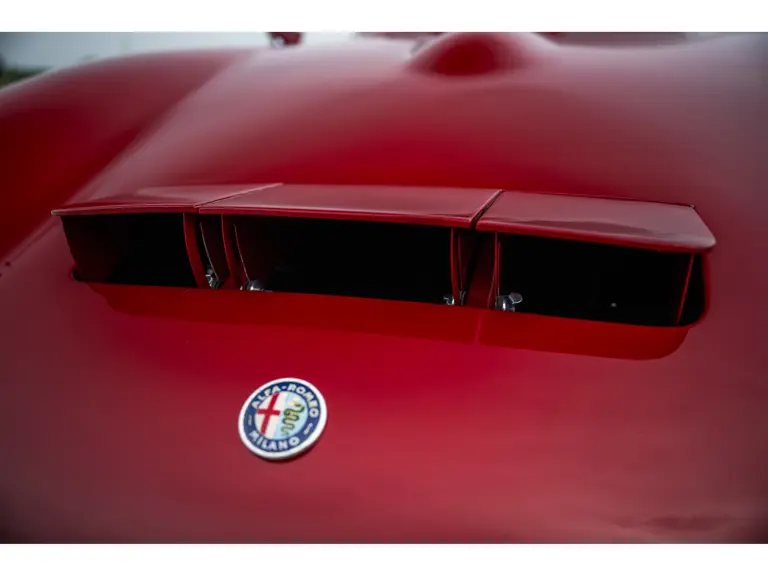
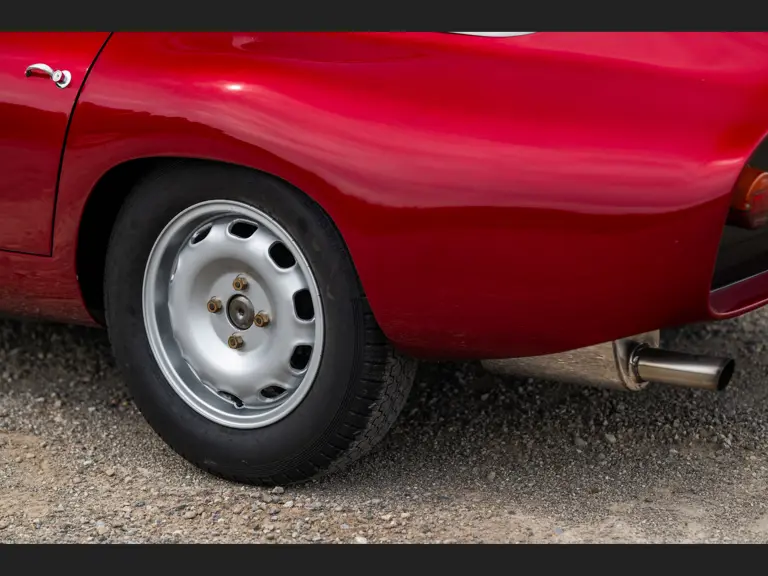
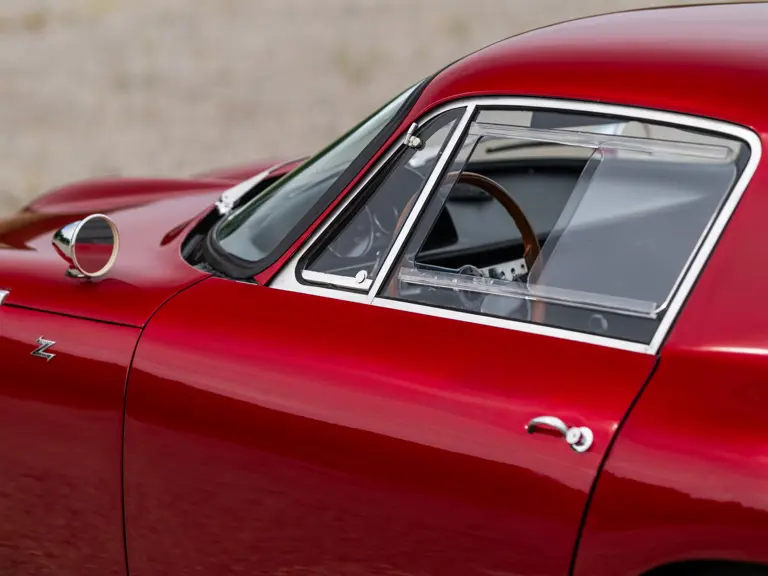
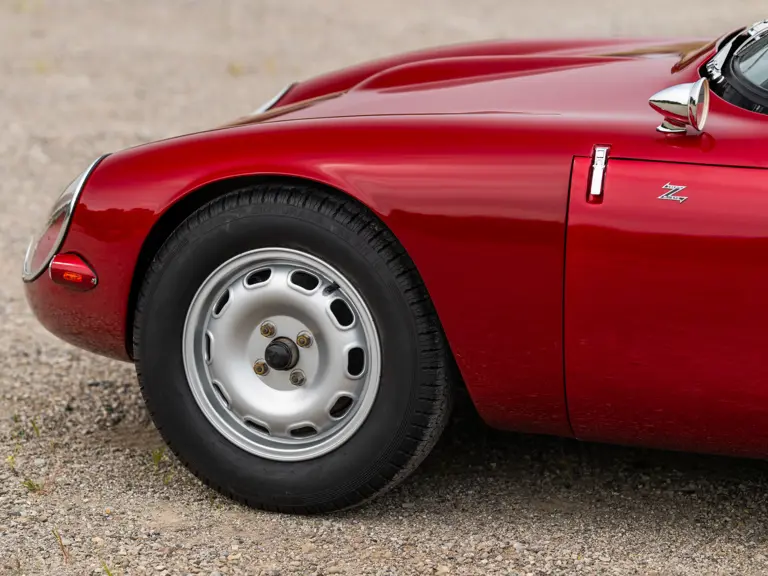
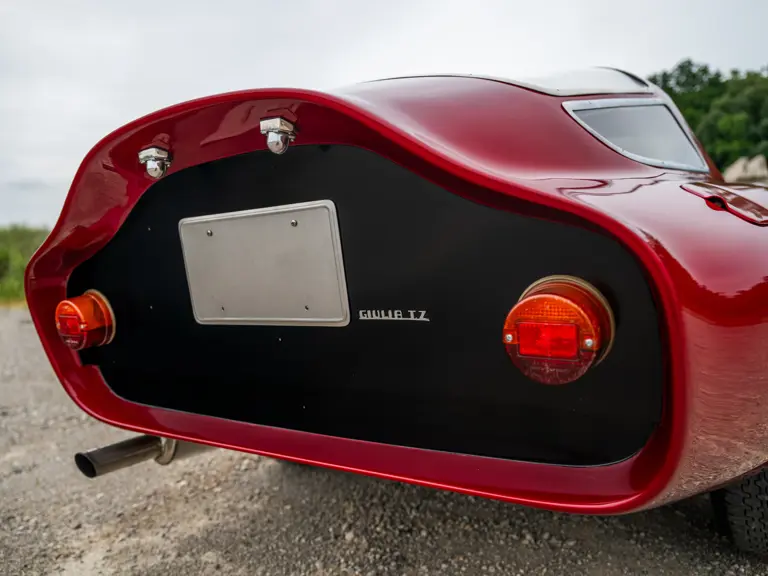
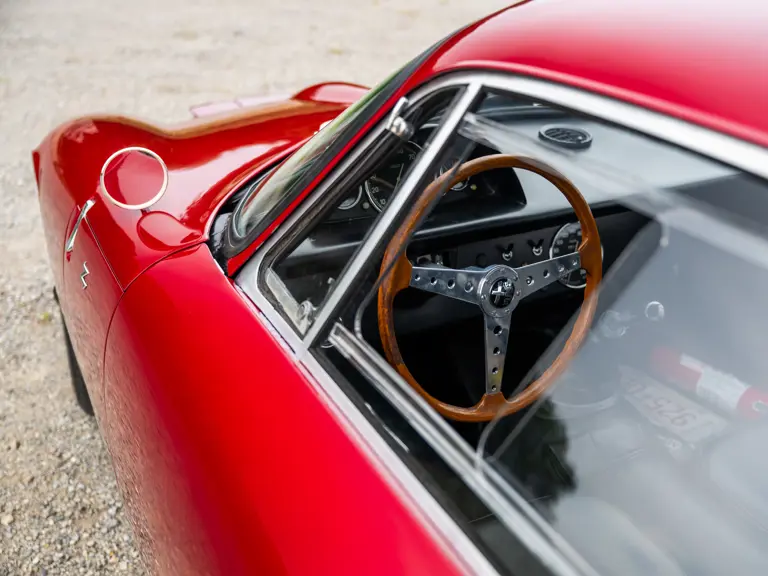
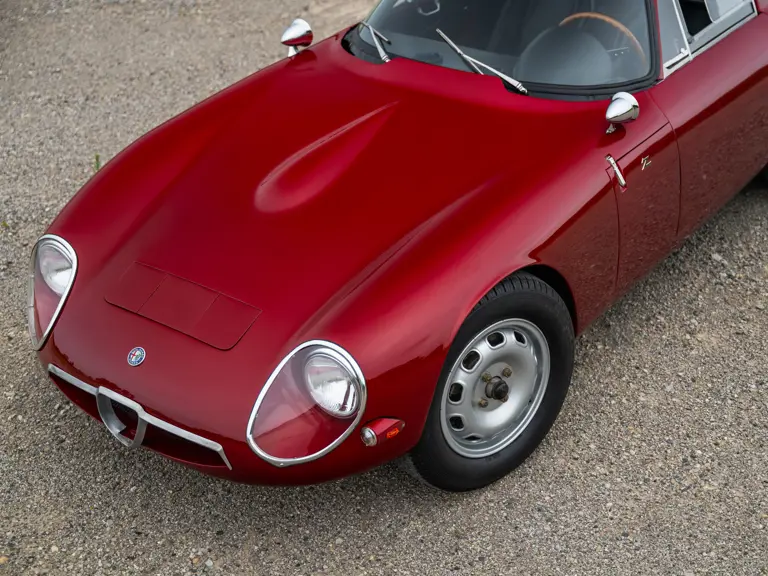
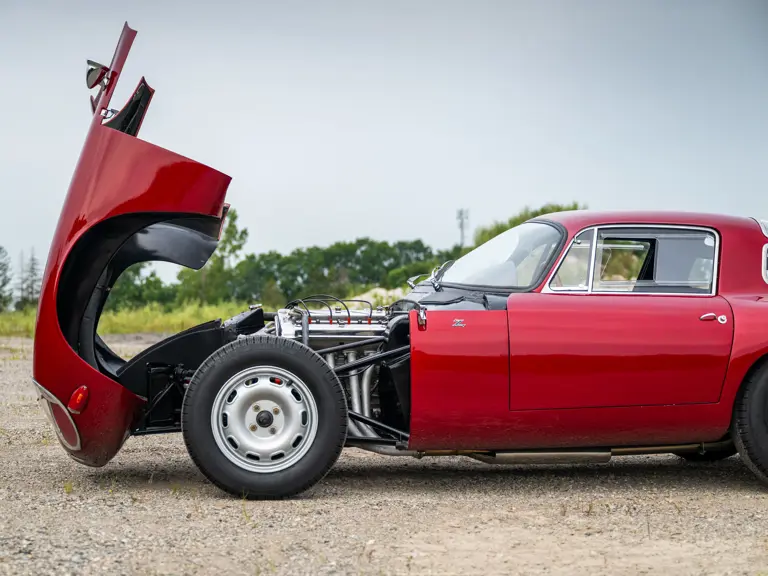
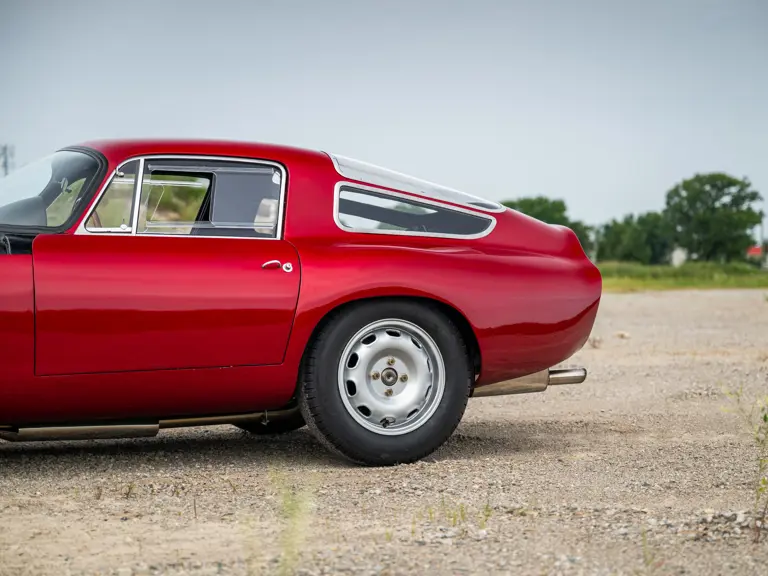
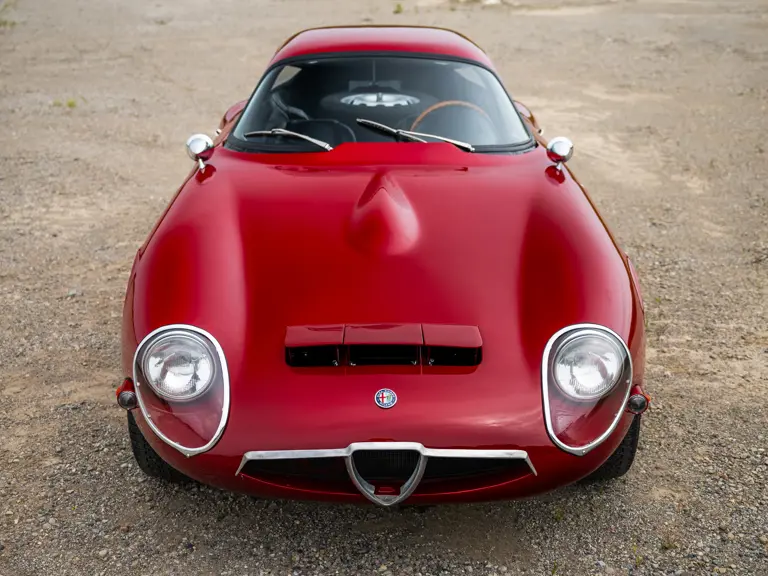
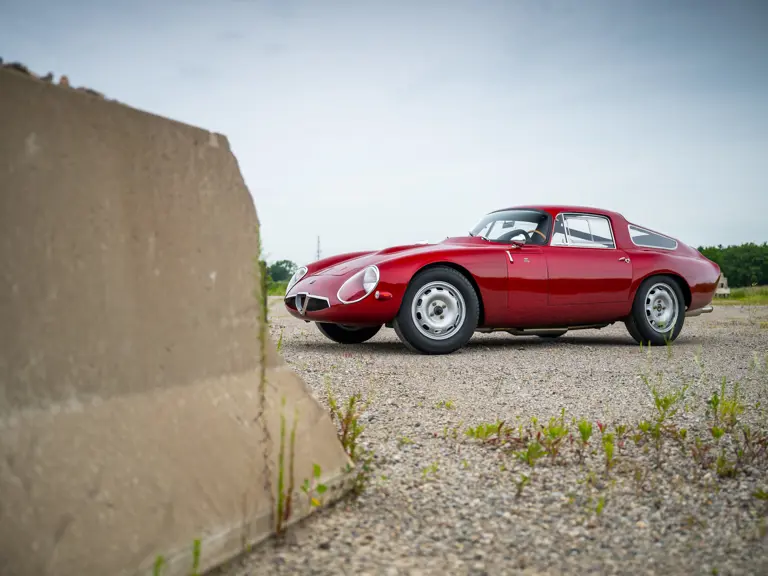

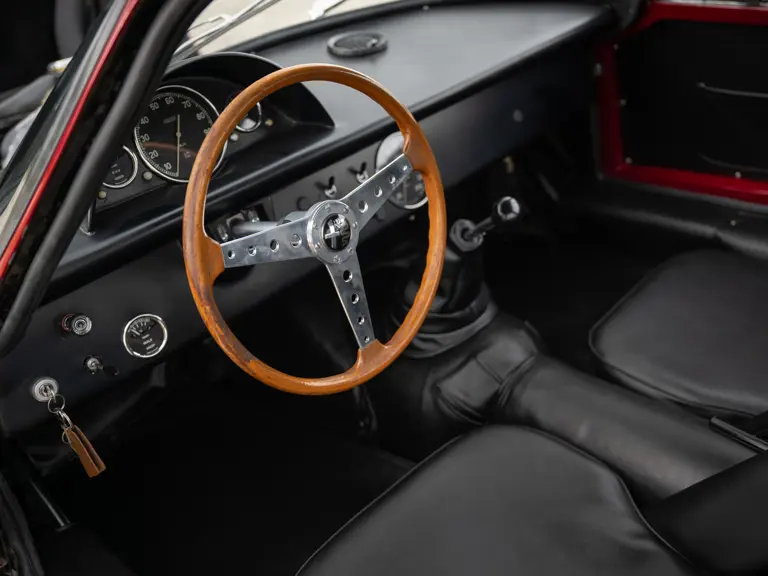
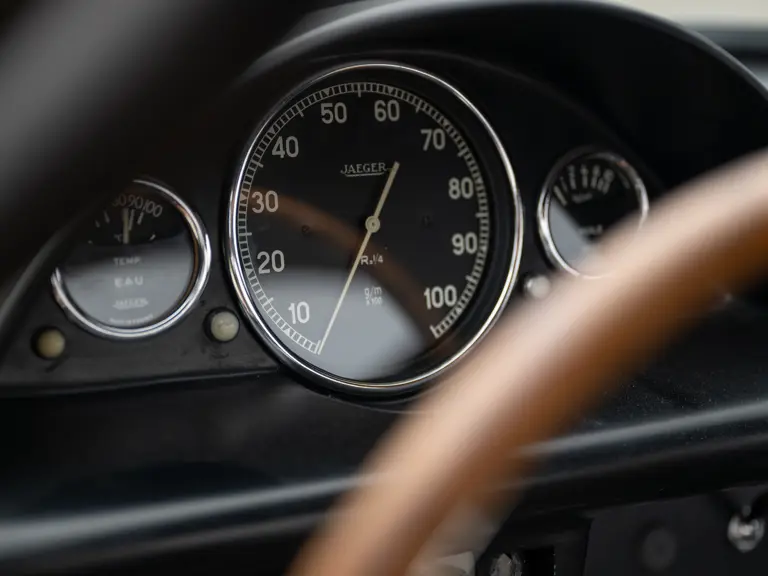
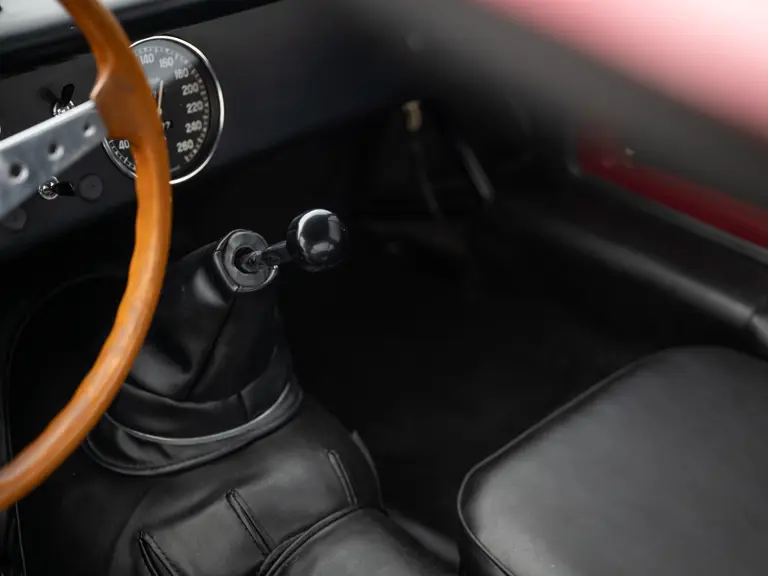
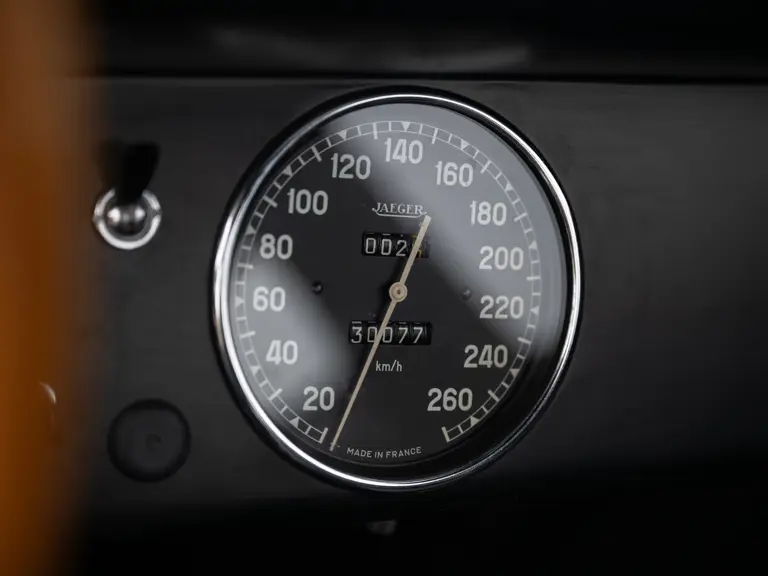

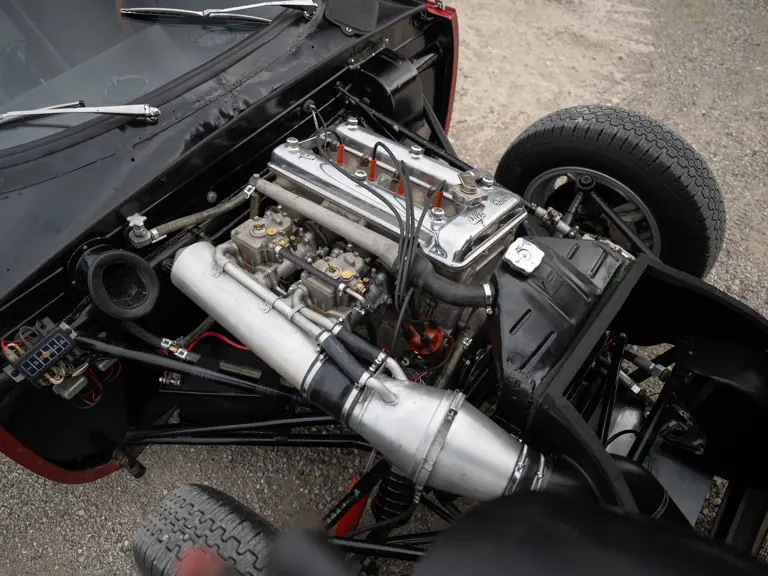
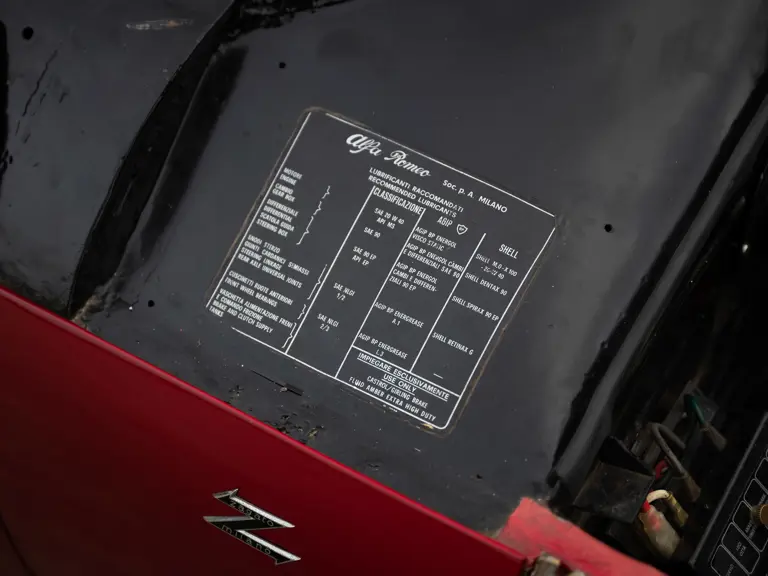
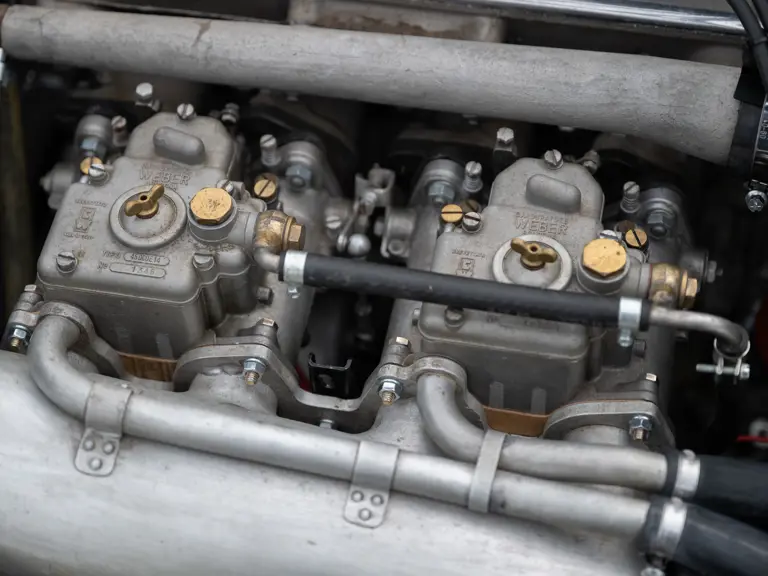
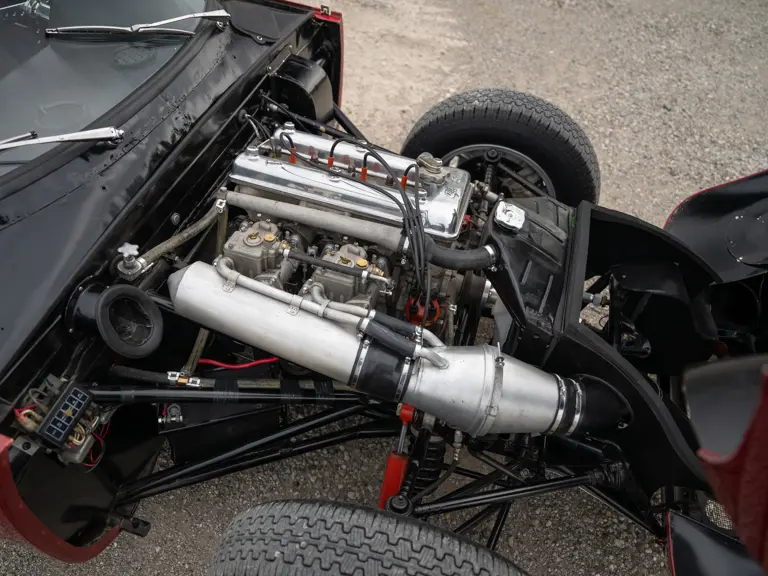
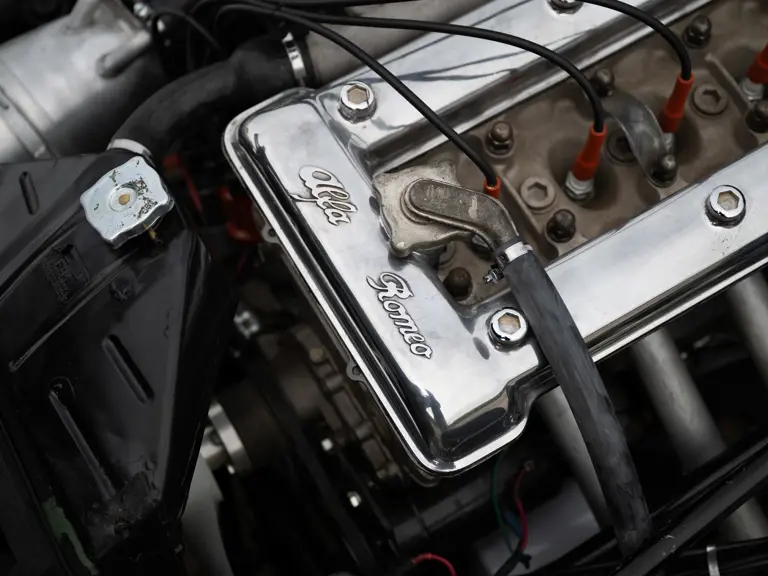

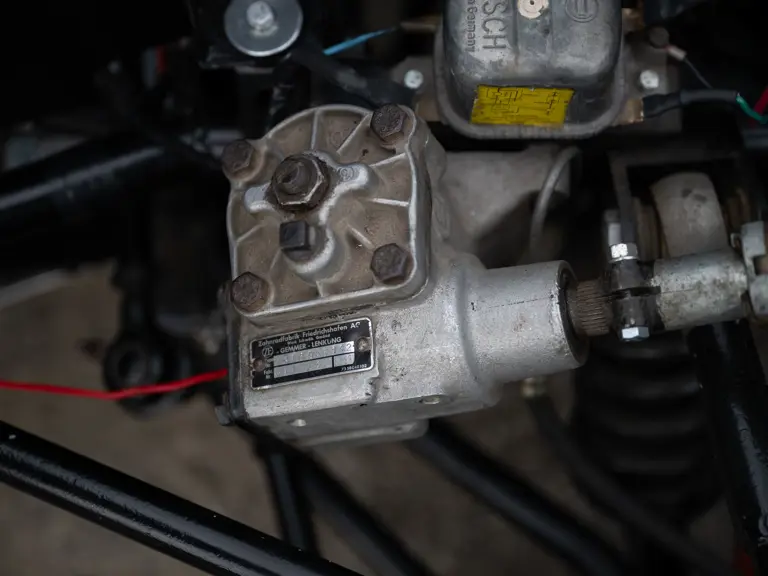
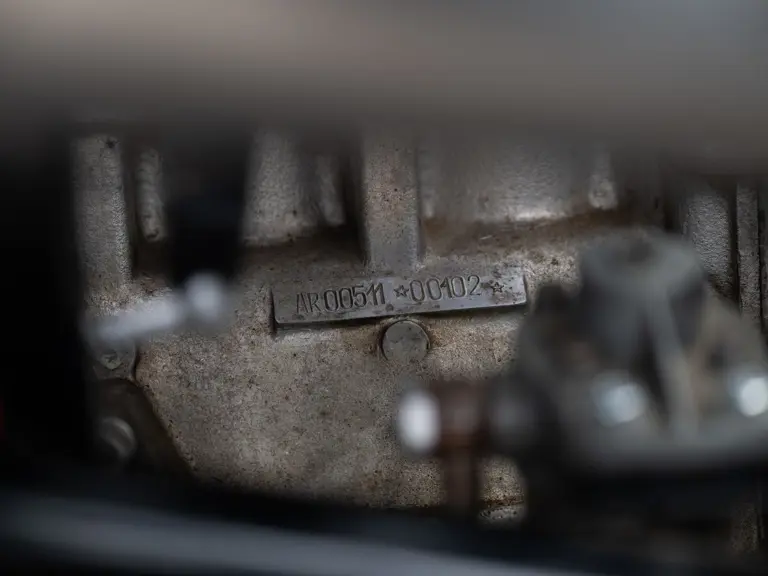
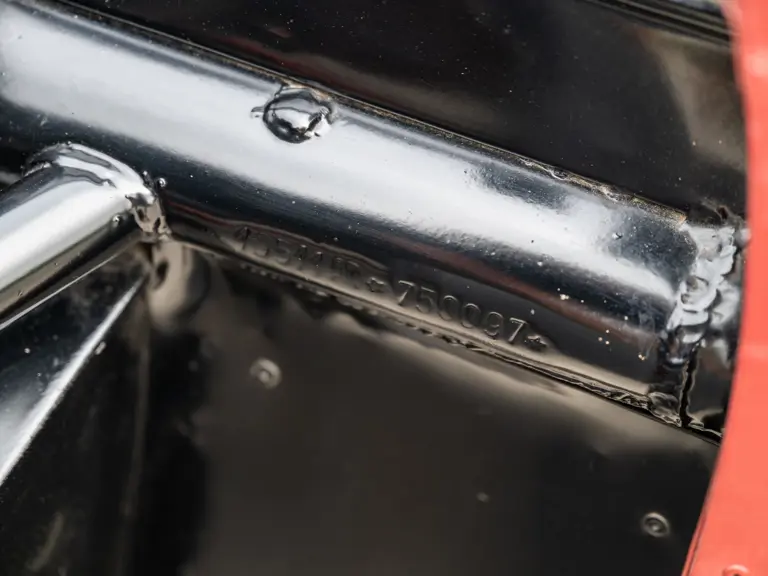
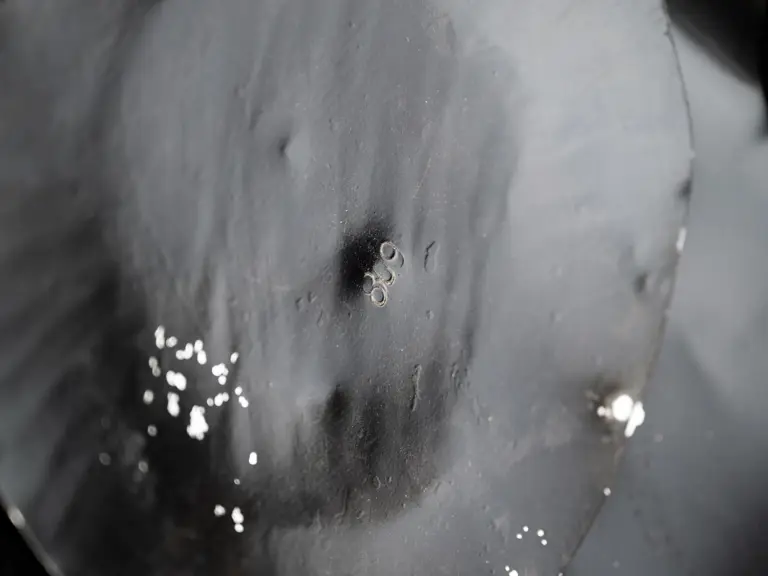
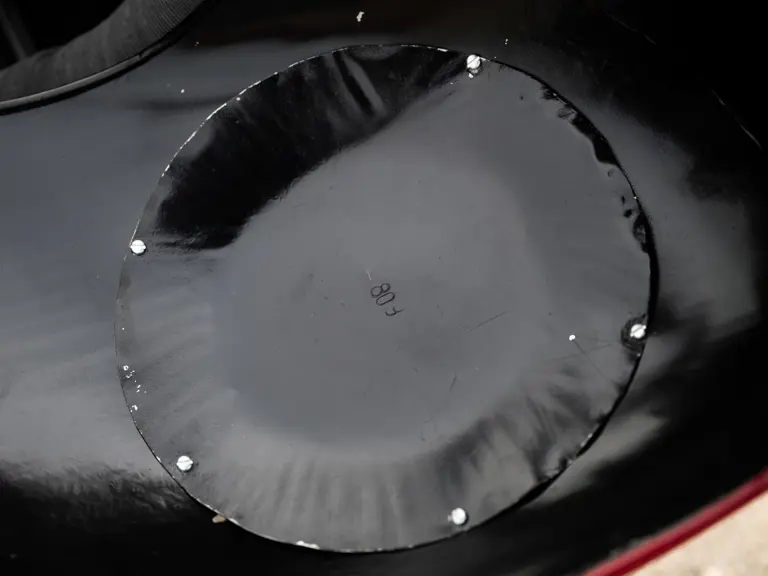
 | Monterey, California
| Monterey, California
